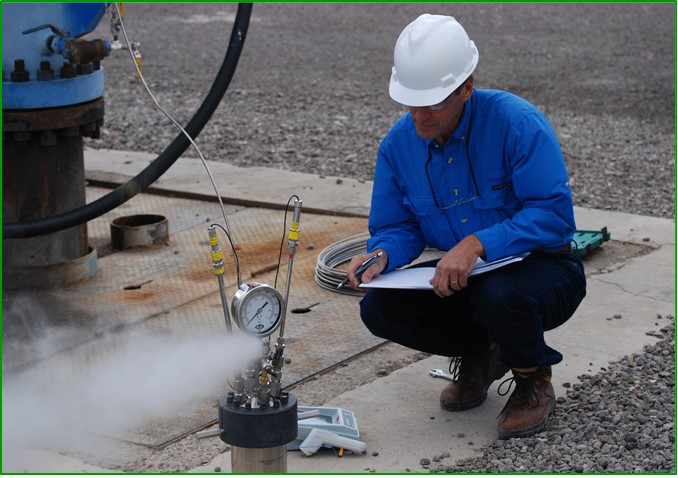 |
| A technician monitors an engineered geothermal energy system. (Courtesy INL) |
“You really want advanced warning of when the extracted water will show cooling effects, which means that you somehow have to ‘interrogate’ the reservoir itself,” Plummer said.
Making water hot cools the rock. Eventually, there comes a point at which the heat plays out and it no longer pays to use a given reservoir. Before that point, though, there may be things an operator can do, like changing how much water is injected or where it goes into the ground, that would prolong the reservoir’s useful life. So, monitoring the rate of cooling is important, but getting that data is not easy or straightforward.
To do that, Plummer and his colleagues are putting an existing technology, reactive chemical tracers, to a new use: temperature monitoring. He added that by the fall of 2020, the group expects to have developed software to plan and analyze thermally reactive tracer tests conducted in geothermal reservoirs.
Read More.........